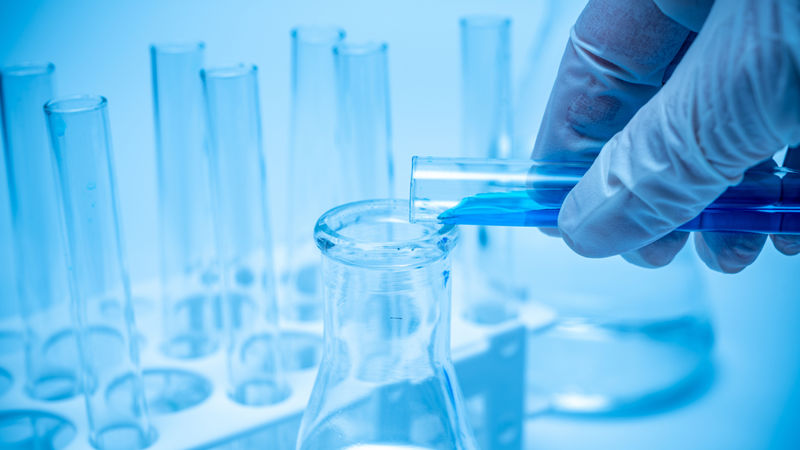Introduction: Phenomena of chemistry
Chemistry is everywhere. We encounter chemical phenomena and products every single day in nature, at home and in the media. Almost every single household item includes a little bit of chemistry – from the chemical reactions of cooking, the knowledge of material chemistry required in the production of bedsheets and mattresses, the chemical reactions that occur when you brush your teeth or take an aspirin to various chemical products used in household cleaning and personal hygiene.
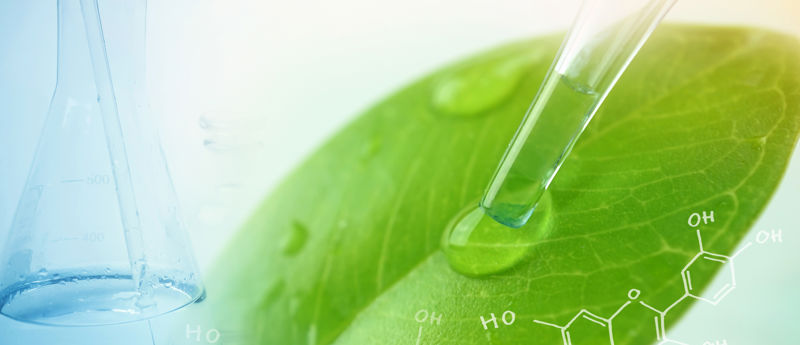
Familiar substances at home
You are embarking on an adventure into the world of chemistry, where different matters, their properties and their reactions with each other are studied. Let us begin by thinking about the kinds of chemistry we can find at home.
Everyday life is full of examples of how humans have used chemistry to come up with substances for various uses. However, some of these substances have been found to be harmful for humans or the environment, which is why we have learned to use them more carefully or have replaced them with safer alternatives.

However, the substances that have been produced through various natural processes have created the foundation for human life. These substances have formed in nature and have been proven to be efficient and safe over a long period of time.
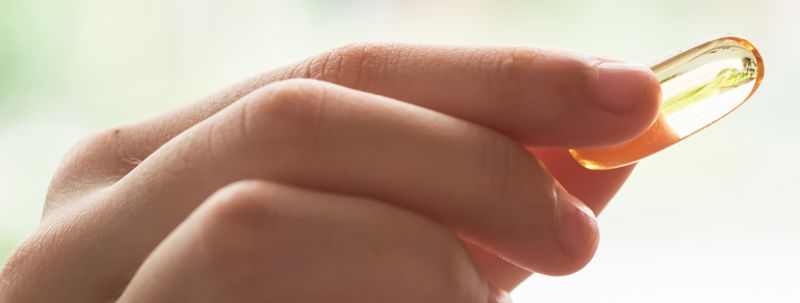
Your home is full of chemistry. When your home was being built, many kinds of chemical substances were required. When you cook, do laundry or take medicine, you are relying on chemistry. Have you ever wondered about what kinds of chemical substances and phenomena are behind these everyday things?
Safety first
At home, you will find many chemicals that can be harmful or even dangerous if used in the wrong way. Therefore, it is important to know how to read the instructions and warnings written on the labels of these products. Before using a chemical with a red-and-black warning symbol, you should always read the product information and usage instructions carefully.
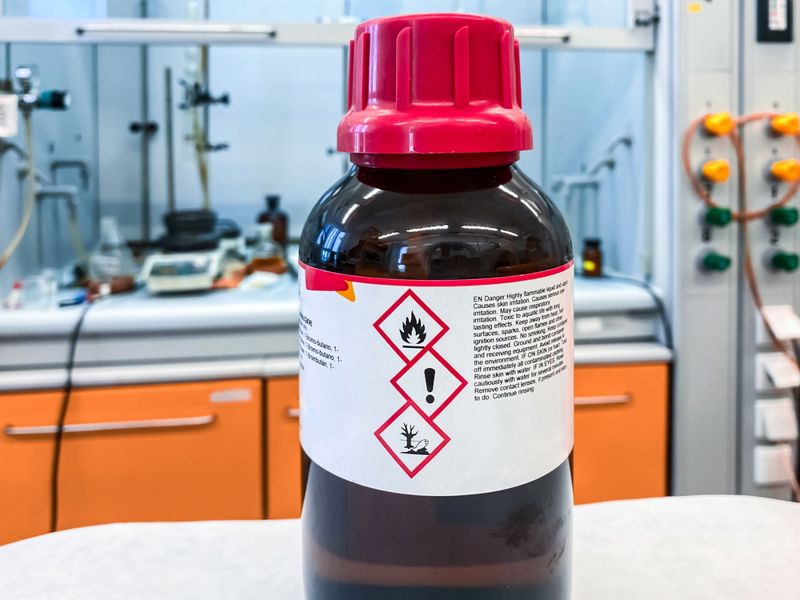
Chemical warning symbols
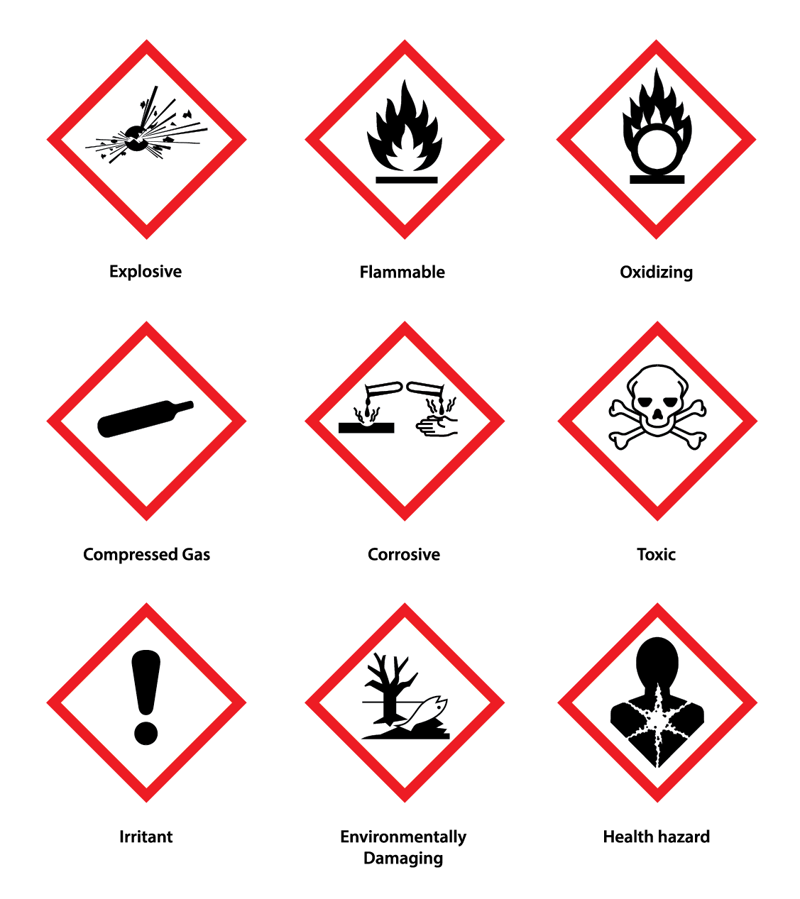
Recycling
Recycling stands for the collection and reuse of substances, materials and products. Recyclable materials are used to produce new materials. As a result, the need for new materials and resources decreases. Recycling saves natural resources considerably.
Everyone produces a lot of waste during their lifetime. This is why everyone has a responsibility to recycle. Recycling is done in industry and in households, where batteries, biomatter, electronics, furniture, cardboard, paper, metal, plastic and clothing are recycled. To save even more natural resources, you can favour products that use a minimal amount of packaging, such as local vegetables.
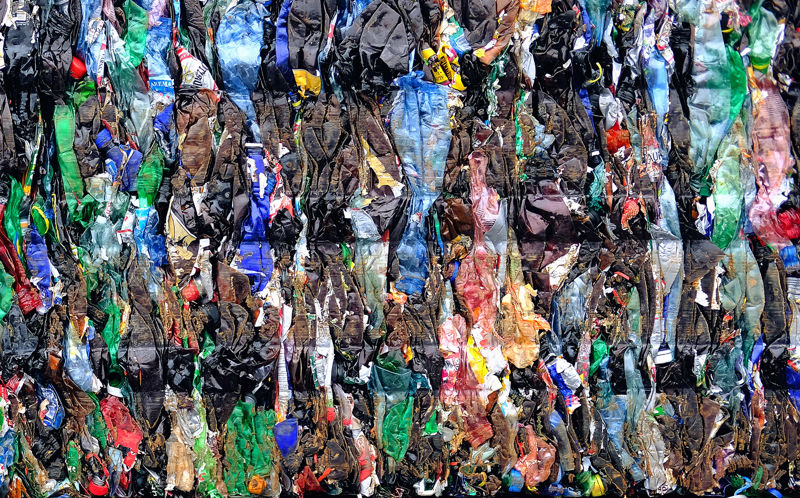
Summary
- A chemical is a chemical substance. Chemicals can form naturally or be produced artificially by humans.
- Chemical warning symbols tell us what safety measures must be taken when using a chemical.
- Recycling is the collection and reuse of substances, materials and products.
